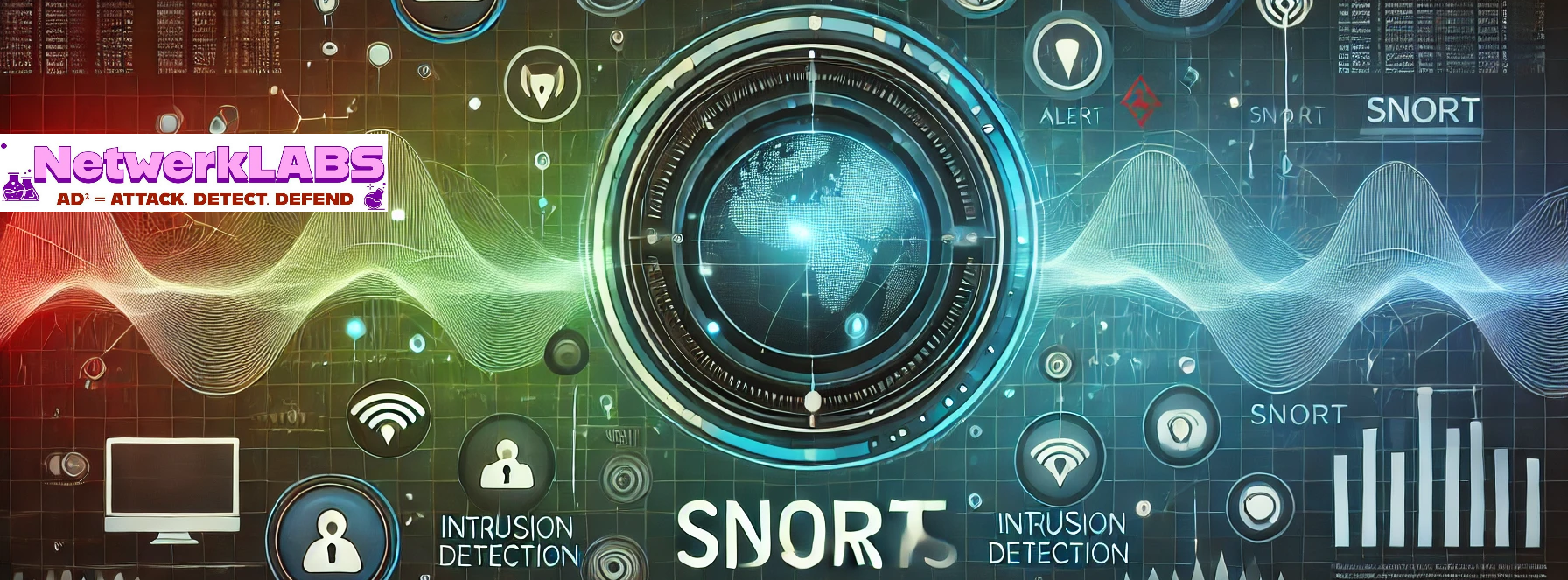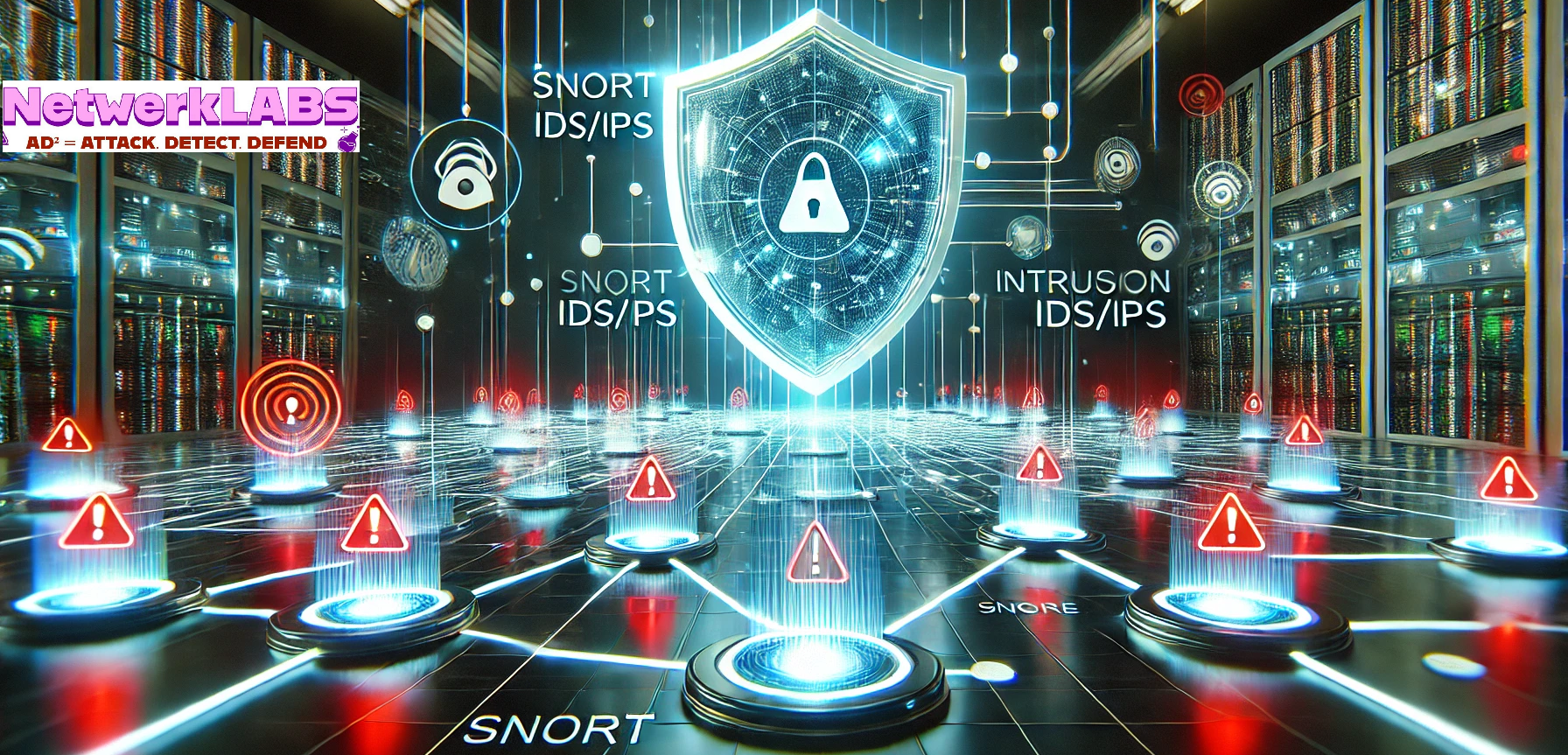Wireshark 101 | Traffic Analysis and Investigation (PART 04)
Views: 19Encrypted Protocol Analysis: Decrypting HTTPS When investigating web traffic, analysts often run across encrypted traffic. This is caused by using the Hypertext Transfer Protocol Secure (HTTPS) protocol for enhanced security against spoofing, sniffing and intercepting attacks. HTTPS uses TLS protocol to encrypt communications, so it is impossible to decrypt the traffic and view the … Read more






